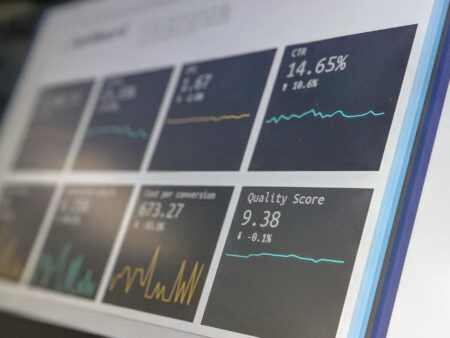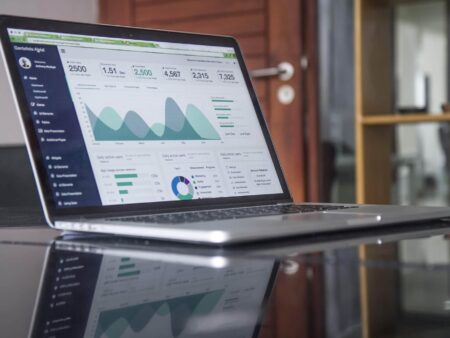Algorithmic trading refers to trading strategies that are automated, both in terms of identifying and executing trades.
The evolution of technology has resulted in other trading styles being incorporated into automated trading. Trades are carried out algorithmically, socially, and by copying each other.

significant profits can be as little as a millisecond.
Automated trading responds instantly to market conditions, executing orders as soon as the preconditions are met. The trading bot recognizes these conditions, processes them, and signals your body to take action, while your brain must recognize, process, and signal your body to act. The entire process takes less time than a human trader to blink.
Trading systems, tools, strategies, and automated trading are not perfect and have drawbacks. Without programming experience or a willingness to learn, you might have to rely on algorithms designed by others rather than tools tailored to your specific needs. However, you run the risk of over-optimizing if you can fully develop your own automation because they are so closely tailored to historical data that they fail in live market conditions.
It is also possible to take advantage of opportunities or place losing orders if you rely on computer software to trade on your behalf. Automated trading may also be problematic if your broker provides direct market access.
How Do I Automate My Forex Trading?
In recent years, trading bots, copy portfolios, and ‘algorithmic strategies’ have gained popularity, with successful automated traders touting their success on social media platforms. Traders in the forex market use automation to execute 88% of their trades, according to a 2019 study. MetaTrader Marketplace alone has over 1,700 unique Expert Advisors.
The following questions should be asked before you move away from manual trading and explore automation:
- Is my trading strategy defined? You will need more experience to see real benefits from automated trading if you are still learning the basics of forex and testing out different trading styles.
- Is automation compatible with my trading style? Scalping is a trading style well-suited to automation, mainly if it relies on high volume. However, automating your trading system may not be worth your time and effort if you are a swing trader.
- How would you describe my personality? The key to successful trading is a little self-awareness. Automated, rules-based trading systems may suit you if you dislike uncertainty and need more confidence. On the other hand, automation may only be for you if you work hard to stick to a single plan.
- Can I learn to code? Beginners can take advantage of off-the-shelf bots and wizard templates, but to truly reap the benefits of this tool, you’ll likely need to learn to code. Developing successful automation that handles your specific variables requires an active role in the creation process, regardless of whether your strategy uses supply and demand, support and resistance, or candlestick patterns.
Follow these steps if you believe that automation will enhance your trading experience or lead to higher profits after some reflection:
- Make sure your broker is reputable. Automated trading is only supported by some online brokers, especially in jurisdictions that tightly regulate retail investing. Some platforms allow trading with the help of algorithms and robots. While some companies allow automated trading, others do not.
- Do your research before choosing a trading platform. Trading from multiple accounts is required if you intend to use automated trading as a hedge. Because programming languages differ, the automation you create for one platform may not transfer to another if you switch platforms down the road. The platform’s marketplace offers a range of automation for those without coding experience.
- You can start with solutions that don’t require coding. Start with simple automated trading using a no-code solution, such as MetaTrader 5’s Wizard or Ninja Trader Strategy Wizard. Before learning how to code, you can input your trading rules and backtest to get a taste of automated trading. A ‘off-the-shelf’ automation can also be downloaded from your platform’s marketplace.
- Coding and backtesting should be prioritized. Be sure to block off time to hone your backtesting skills while you learn the programming language of your chosen platform. Backtesting is both an art and a science; you’ll need some practice to balance curve-fitting and flexibility.
The Bottom Line
Retail investors can now compete with much larger institutional investors and profit from market volatility through automated trading.
It is important to assess whether an algorithmic trading strategy will work well with your existing style of trading, financial resources, and even your personality before adopting it.











